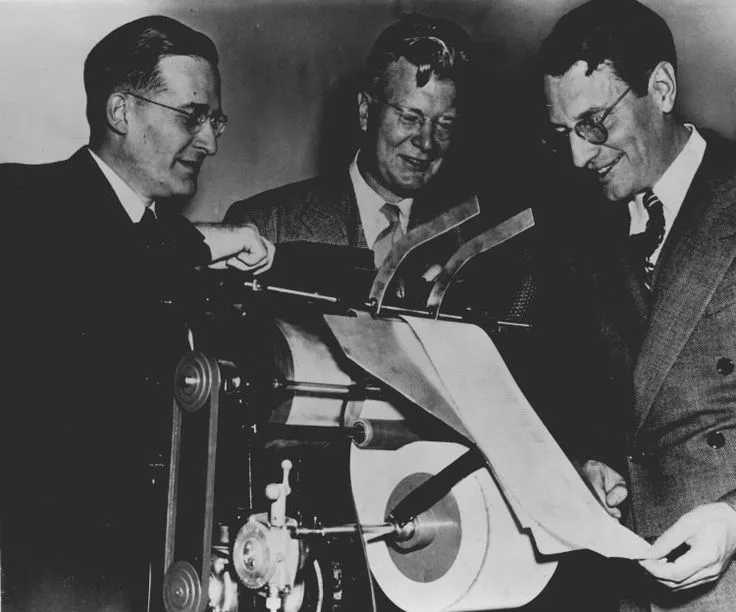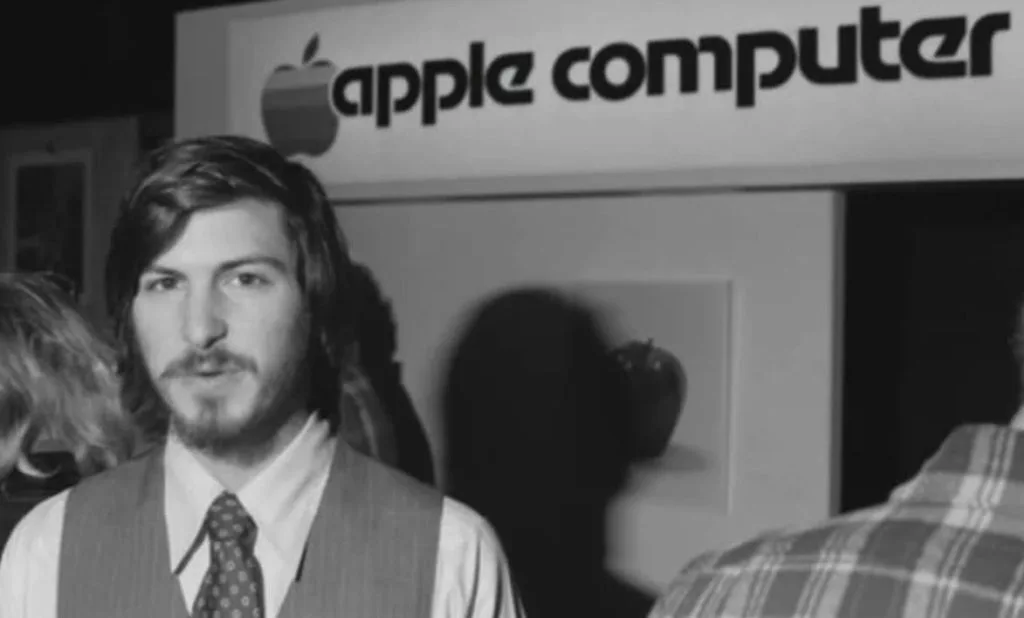Discover how Xerox inspired Steve Jobs and brought a change to modern technology. Uncover the untold story of Xerox PARC innovations that sparked the creation of the Apple Lisa and set the stage for today’s digital world.
In the late 1970s, while the world was still adjusting to the rhythm of personal computers, a special story was unfolding in an unlikely corner of Silicon Valley—a story that would unknowingly pave the path to the future we now inhabit. The protagonist wasn’t Steve Jobs, yes it was not Jobs, nor was it any of the usual suspects. It was Xerox, the unassuming inventor of the photocopier—perhaps one of the unsung hero in the historical records of technology.
In this case, he wasn’t the innovator. He was the inspired follower, and this is the story of how Xerox inspired Steve Jobs to create the future.
Let us journey back, not to the founding of Apple, but to a different time, to the world of Chester Carlson, the man who would eventually give birth to Xerox.
Table of Contents
A Rejected Idea: Chester Carlson’s Journey
In the 1930s, long before APPLE would transform the tech landscape, a young inventor named Chester Carlson had an idea that would change the world: xerography. This dry process of copying documents, something so common to us now, was revolutionary. But before Carlson’s vision became a household name, it was rejected by over 20 companies.
Carlson struggled for years to find someone willing to invest in his technology. It wasn’t until 1947, when a small photographic supply company named Haloid saw its potential, that Carlson’s dream took flight. Haloid would eventually rename itself Xerox, deriving from “xerography”—from the Greek words xeros meaning dry and graphia meaning writing. They had no idea that their company’s name would become synonymous with copying itself—so much so that people would say, “Just Xerox it,” when they meant to photocopy something.

The Land of the Unseen: Xerox PARC Innovations
Fast forward to the late 1970s. Imagine a place where the future exists in the present. That location was the Palo Alto Research Center (PARC), a division of Xerox, situated among the gentle hills of California. Here, at this lab, were in action the brightest of the minds that could create something extraordinary-the things that the world would not even have come to think about. The mouse, graphical user interfaces, and Ethernet seeds of modern tech revolutions were all in this cradle of innovation, fostered there at Xerox PARC. But these ideas, locked away from the corporate machinery of Xerox, were nearly lost to time.
Why, you ask, would Xerox, a company that revolutionized office work with xerography—sit on these innovations? Perhaps it was a failure of vision or corporate inertia. Xerox, was content in its domain of copying machines, overlooking the potential in the world of computing.
But fate had another idea.
How Xerox Inspired Steve Jobs: Jobs at “Xerox PARC”
Steve Jobs, in 1979, was someone who was known for his bold spirit. He had worked out a deal with Xerox for some Apple stock options. And so it was that Jobs, with his intensity, walked through the doors at PARC into the future.
As he later told it, “it was like stepping into a time machine.” There, before his very eyes, was a Graphical User Interface (GUI), an infinitely radical concept in which users interacted with computers in a visual way using windows, icons, and a mouse to navigate rather than text commands. It was the core of the Xerox PARC innovations that would change everything.
It was at this moment that Steve Jobs glimpsed what would become the core of the Macintosh and, arguably, modern computing. The story of how Xerox inspired Steve Jobs, yet let this golden idea slip from their grasp, is a testament to the paradox of innovation. Sometimes, the one who is holding the paintbrush are not the visionaries, but those who know how to wield the canvas.

A Philosophical Turn: The Nature of Innovation
Jobs once said,
“Good artists copy; great artists steal.”
Jobs
This quote is widely interpreted, but what it reveals is the very nature of innovation. It is not always the act of creation itself, but the application and transformation of an idea that counts. Xerox, with its immense research, was the creator. But it was Jobs who saw the potential who could paint with those unseen colors and show the world a masterpiece.
This begs the question: How many revolutions are born in obscurity, awaiting someone bold enough to pluck them from the ether?
The Creation of Lisa: A Triumph Born of Inspiration
Inspired by what he had learned at Xerox, Jobs returned to Apple with a new calling in life. His next big product was the Apple Lisa, precursor to the Macintosh. Lisa was the first personal computer to bring GUIs to the masses, though its price ensured that it would remain mostly within niche markets. Yet, its failure is a footnote compared to the legacy it forged. Had not for Lisa, perhaps the Macintosh would never have been. And without that Macintosh, certainly, the world of personal computing would be quite unlike it today.
The Apple Lisa was the fruit of a triumphant creation sprouted from the seeds of Xerox—that which proves vision coupled with inspiration is powerful. It reflects the wisdom of an ancient Chinese proverb.
“When the winds of change blow, some build walls while others build windmills.”
Xerox built a wall. Steve Jobs built a windmill.
Xerox: The Forgotten Hero of Modern Tech
It’s easy to overlook Xerox’s role in the development of modern technology, but that’s the beauty of history, it reveals how often the unsung pave the way for the celebrated. A Xerox photocopier is some tool that can be found any in offices these days. They have become so common that the phrase “to Xerox something” has been interpreted as a verb. However, the real impact has been a silent story of innovation: one that has actually changed the course of history on the subject of technology itself.
In the end, Xerox gave the world two gifts: xerography, which revolutionized business, and the hidden technologies of PARC, which revolutionized the digital world. They may have not capitalized on their creations, but they did something just as important, they inspired. And from that inspiration, the modern world of technology was born.
Sitting here, surrounded by screens, keyboards, and touch interfaces, let’s not forget the quiet players in history – the one who plants seeds for others to harvest. How Xerox inspired Steve Jobs is just such a lesson in recognizing the potential of innovation, even if that potential is realized by someone else.
“The people who are crazy enough to think they can change the world are the ones who do.”
–Steve Jobs
Jobs said it, but the same could easily be said about the engineers at Xerox PARC, or Chester Carlson, who simply refused to give up on an idea the world wasn’t yet ready for.
This is it for “How Xerox Inspired Steve Jobs and Modern Tech”, do let me know your thoughts in comments because its free!
Read this is to understand human behavior, and why you do what you do!




